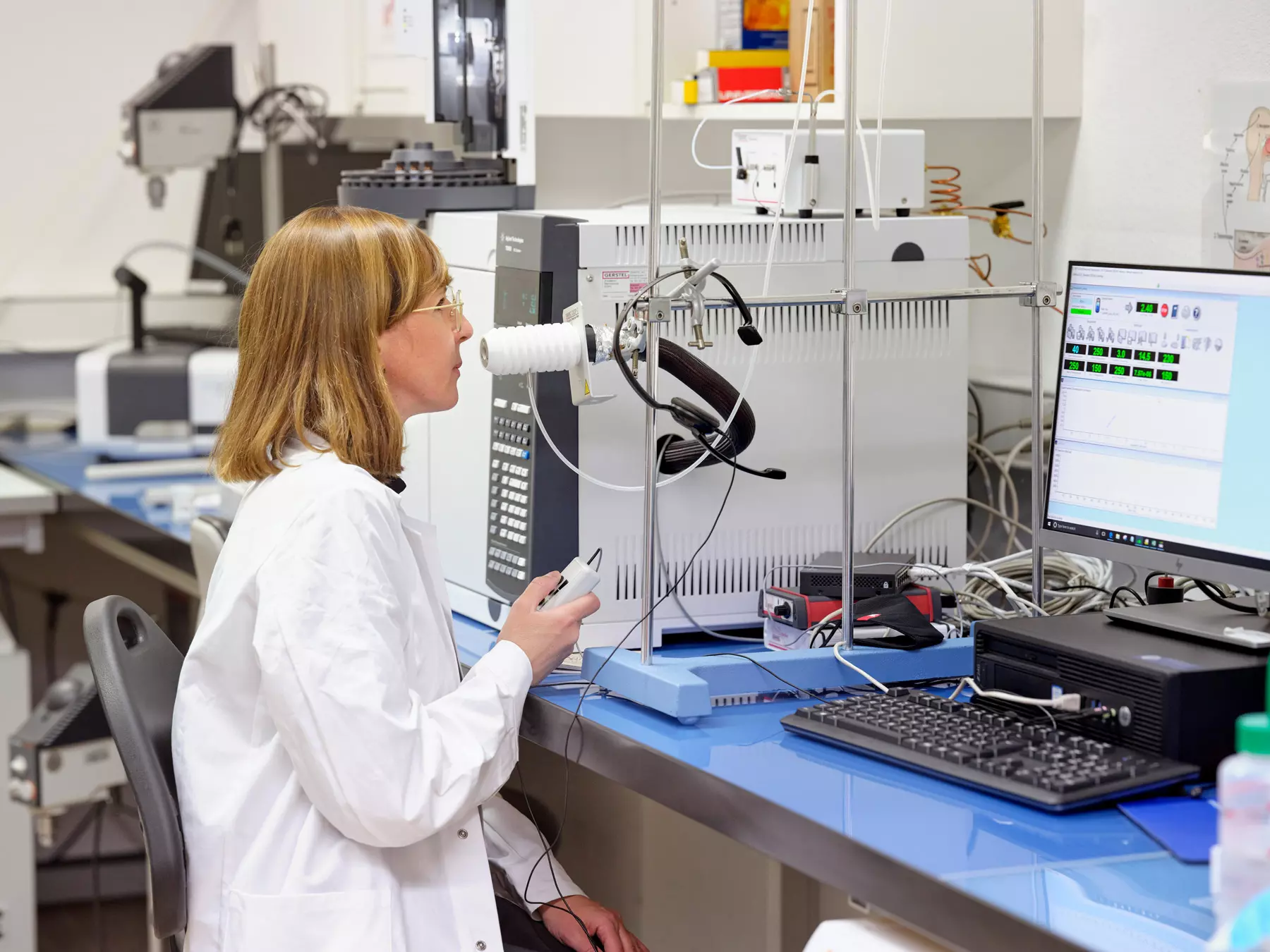On the hunt for the essence of chocolate
Lab production and the aroma code cracked: Researchers in the areas of biotechnology and food technology have gained new insights into chocolate.

In order to save resources, chocolate could be produced under laboratory conditions in the future. For the first time ever, ZHAW researchers have succeeded in isolating cells from cocoa fruit, propagating them in a bioreactor and using them for the production of chocolate. Regine Eibl from the Institute of Chemistry and Biotechnology and Tilo Hühn from the Institute of Food and Beverage Innovation have collaborated on this project. As they told media representatives, the first laboratory-produced chocolate could be commercially available in two years. They are currently working on expanding production to large quantities. The research team does not want to make the traditional production of chocolate using cocoa beans obsolete with their innovation. It has to be remembered, however, that global chocolate consumption is increasing, leading to more and more land being lost to cocoa production. Laboratory-produced food could thus act as an environmentally friendly alternative in such cases.
Cocoa’s variety of aromas broken down
It takes practice to describe what chocolate tastes like. It is not only the origin and variety of the cocoa beans used in its production that influences chocolate’s aroma, but also the way in which the beans are handled after being harvested and their subsequent technological processing. Depending on these factors, it is possible to identify floral, fruity, earthy or spicy notes. As of recently, both professionals and interested amateurs have been able to train their sensory skills in a targeted manner thanks to an aroma kit developed at the ZHAW. The 25 reference substances included in the kit allow for a common language to be found. “There has been no such tool until now,” says Irene Chetschik. The aroma researcher has developed the kit together with Karin Chatelain at the Institute of Food and Beverage Innovation in Wädenswil. “Interestingly, there is no single compound that smells like cocoa,” she explains. Instead, the cocoa aroma results from the interaction between several different chemical compounds.
Back to overview